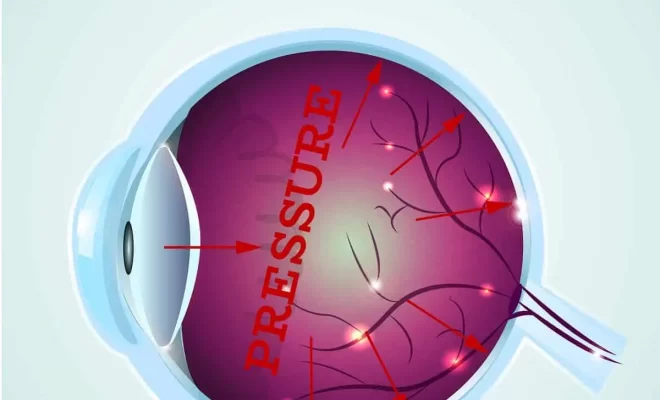Understanding Glaucoma: A Silent Threat to Vision

Glaucoma is a group of eye diseases that can lead to irreversible vision loss and blindness if not promptly diagnosed and treated. Often referred to as the ‘silent thief of sight,’ this condition stealthily damages the optic nerve, which is responsible for transmitting visual information from the eye to the brain.
Understanding what glaucoma is and how it affects your vision is crucial to preventing vision loss. At its core, glaucoma is a condition primarily associated with increased intraocular pressure, or pressure within the eye. This heightened pressure can gradually harm the optic nerve, disrupting the transmission of visual signals and leading to sight loss.
Contrary to common belief, glaucoma is not a singular disease. There are several types of glaucoma, each with different causes and symptoms. Primary open-angle glaucoma, the most common type, develops slowly and painlessly. Patients might not notice any vision changes until the disease has significantly advanced. Angle-closure glaucoma, on the other hand, can occur suddenly and is often accompanied by severe eye pain, nausea, and blurred vision. Other types include normal-tension glaucoma and secondary glaucoma.
Glaucoma is a major cause of blindness worldwide, especially among people aged 60 and above. However, this doesn’t mean that it exclusively affects the elderly. Anyone can develop glaucoma, even newborns. Certain risk factors make some individuals more susceptible. These include advanced age, family history of glaucoma, certain ethnic backgrounds, and pre-existing conditions like diabetes, high blood pressure, and myopia.
Sadly, vision loss caused by glaucoma is irreversible. However, early detection and proper treatment can slow down or even halt the disease progression. It underscores the importance of regular eye examinations, especially for those with higher risk factors. These examinations should include measurements of intraocular pressure, inspection of the optic nerve, and testing of the visual fields.
As for the treatment of glaucoma, options range from medications to surgery, depending on the type and severity of the condition. Medicated eye drops are often the first line of treatment, aiming to reduce intraocular pressure. Oral medications may also be prescribed. When these methods prove ineffective or insufficient, surgical interventions, including laser procedures or conventional surgery, may be necessary to create a new drainage path for the fluid in the eye, thereby lowering the pressure.
Living with glaucoma requires adaptation and a strong support system. While it’s a daunting diagnosis, it’s essential to remember that most people with glaucoma can continue to lead fulfilling lives. Along with medical treatments, there are various tools and resources available to help those affected maintain their independence and quality of life. These include low-vision aids, visual rehabilitation, and community services.
In conclusion, understanding what glaucoma is and how it affects vision is the first step in combating this silent threat. Regular eye examinations, early detection, and appropriate treatment can greatly reduce the risk of significant vision loss. Furthermore, fostering a supportive environment for those living with glaucoma can make a world of difference in their journey towards maintaining their sight and their independence.


